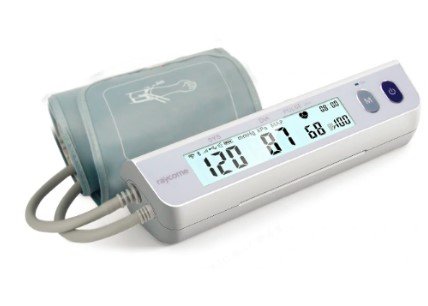Preventing Sample Contamination in Phlebotomy: Essential Procedures and Protocols
Summary
- Proper Hand Hygiene is essential to prevent contamination during phlebotomy procedures.
- Using separate equipment and changing gloves between specimen collections helps minimize the risk of Cross-Contamination.
- Labeling specimens correctly and maintaining a clean work area are crucial steps in preventing sample contamination.
Introduction
Phlebotomy is a critical component of the healthcare system, as it involves collecting blood samples for diagnostic testing. However, the process of collecting multiple specimens from a single patient during a single phlebotomy procedure can pose a risk of sample contamination. In the United States, specific procedures are in place to prevent this contamination and ensure the accuracy of Test Results.
Hand Hygiene
One of the most crucial steps in preventing sample contamination during phlebotomy is proper Hand Hygiene. Phlebotomists must wash their hands thoroughly with soap and water before and after each patient encounter. They should also use hand sanitizer in between patients to reduce the risk of transferring microorganisms.
Separate Equipment
Another key procedure to prevent sample contamination is using separate equipment for each specimen collection. This includes using a new needle, syringe, and tube for each blood draw. By avoiding the reuse of equipment, the risk of Cross-Contamination between samples is minimized.
Changing Gloves
Phlebotomists should change their gloves between each specimen collection to prevent the spread of microorganisms. This step is essential in maintaining a sterile environment and reducing the risk of contaminating samples. By changing gloves regularly, phlebotomists can ensure the accuracy of Test Results and prevent potential infections in patients.
Labeling Specimens
Properly labeling specimens is another crucial procedure to prevent contamination during phlebotomy. Phlebotomists must label each tube with the patient's name, date of birth, and other identifying information. This helps to ensure that each sample is correctly identified and processed in the laboratory. Inaccurate labeling can lead to misdiagnosis and potential harm to patients.
Work Area Cleanliness
Maintaining a clean work area is essential in preventing sample contamination during phlebotomy procedures. Phlebotomists should disinfect all surfaces, including countertops, trays, and equipment, before and after each procedure. By keeping the work area clean and organized, phlebotomists can reduce the risk of contamination and ensure the accuracy of Test Results.
Conclusion
In conclusion, several specific procedures are in place to prevent sample contamination when collecting multiple specimens from a patient during a single phlebotomy procedure in the United States. These procedures include proper Hand Hygiene, the use of separate equipment, changing gloves between specimen collections, labeling specimens correctly, and maintaining a clean work area. By following these protocols, phlebotomists can ensure the accuracy of Test Results and provide high-quality care to patients.

Disclaimer: The content provided on this blog is for informational purposes only, reflecting the personal opinions and insights of the author(s) on the topics. The information provided should not be used for diagnosing or treating a health problem or disease, and those seeking personal medical advice should consult with a licensed physician. Always seek the advice of your doctor or other qualified health provider regarding a medical condition. Never disregard professional medical advice or delay in seeking it because of something you have read on this website. If you think you may have a medical emergency, call 911 or go to the nearest emergency room immediately. No physician-patient relationship is created by this web site or its use. No contributors to this web site make any representations, express or implied, with respect to the information provided herein or to its use. While we strive to share accurate and up-to-date information, we cannot guarantee the completeness, reliability, or accuracy of the content. The blog may also include links to external websites and resources for the convenience of our readers. Please note that linking to other sites does not imply endorsement of their content, practices, or services by us. Readers should use their discretion and judgment while exploring any external links and resources mentioned on this blog.
